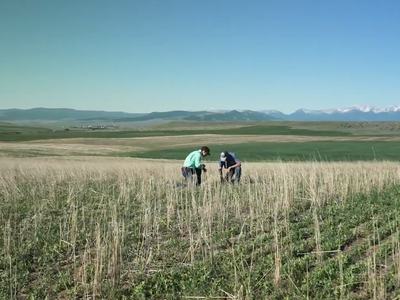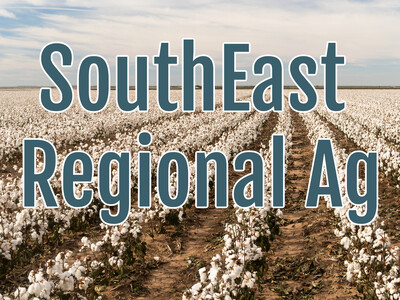Changing Food Tastes
Changing Food Tastes. I’m Greg Martin with today’s Line On Agriculture.
Americans are changing their tastes when it comes to food consumption. Our family has personally seen some major shifts over the years. We once did pasta on a regular basis and now it’s a rare treat. We have also expanded our choices as well, discovering many new food tastes. Overall Americans are eating a little less beef and pork, but more poultry. They like their cheese, but drink less fluid milk. Yogurt consumption is up, ice cream consumption is down. These are just some of the trends identified in a recent federal report that looks at a ten-year period from 1998 through 2007.
SEARLE: We're seeing some shifts in diets, some of that related to health concerns, some of it simply price related as commodities get influenced by different factors and grocery stores charge more or less.
Oregon Department of Agriculture analyst Brent Searle says per capita consumption of red meat is down, but Americans are eating a lot more chicken. Milk beverages are down but low fat dairy products and cheese consumption is up. The data contains some head scratchers.
SEARLE: Surprisingly, when you aggregate fruits and vegetables consumption compared to a decade ago, it's down. Conventional wisdom, with our trends and health consciousness and so forth, you would think it would go the opposite direction.
Specifically, fresh fruit consumption is down although fresh vegetable consumption is up quite a bit. Searle believes higher prices for imported fruit such as bananas was a major issue in the last year of the data. While numbers from 2008 and 2009 aren't yet available, the 10-year snapshot gives agriculture a good indication of where consumers are spending their dollars. Searle says while red meat consumption has dropped over a 10-year period, another type of meat product is doing quite well.
SEARLE: Poultry consumption is up. I think that's related to preparation, packaging, more convenience, and probably price competitiveness compared to the red meats.
Searle says even though there is no food consumption data for 2008 and 2009 yet, there is value in seeing the big picture.
SEARLE: These kinds of long term trends are important for agriculture to look at because they give some indication of where consumers are spending their dollars and the reaction or the buying habits that are influenced either by price or health concerns or other issues that may come up.
That’s today’s Line On Agriculture. I’m Greg Martin on the Northwest Ag Information Network.

















